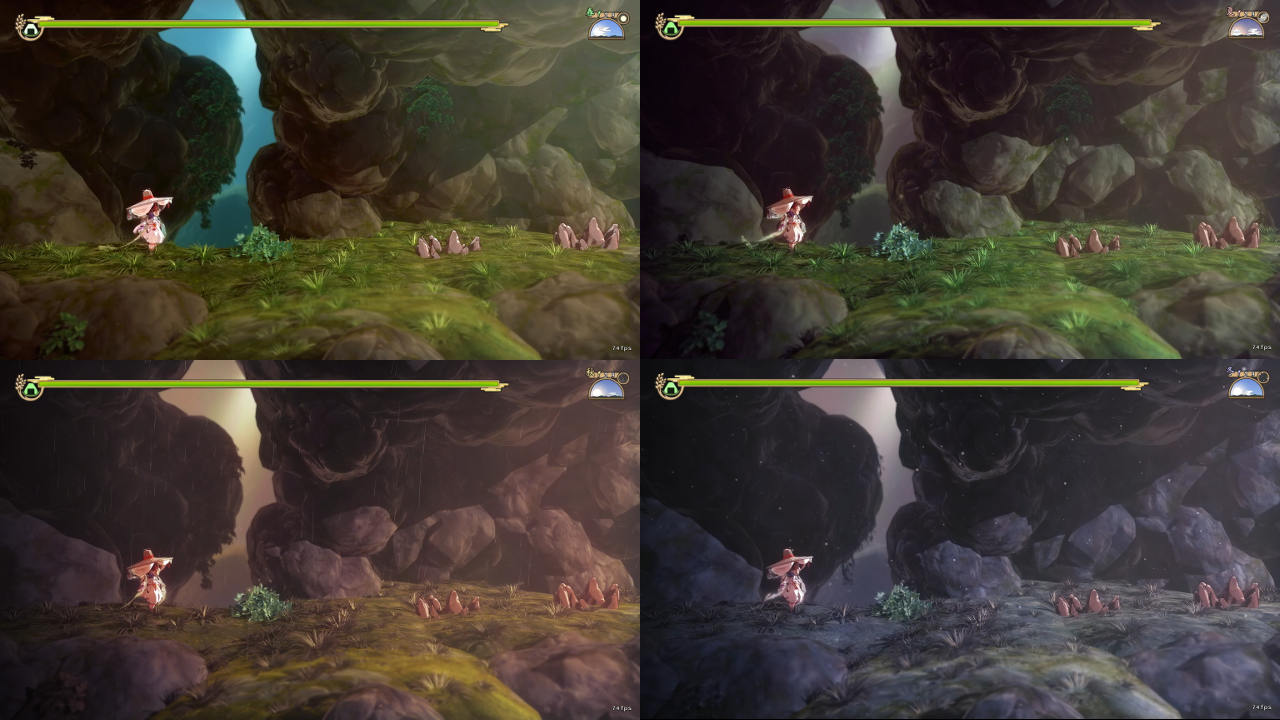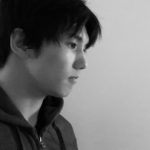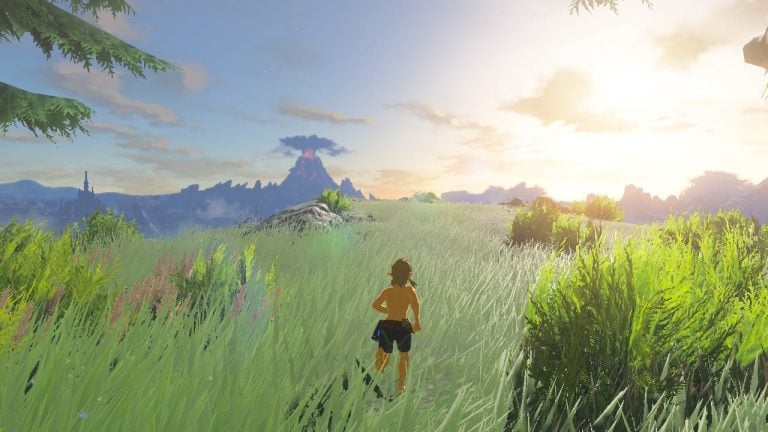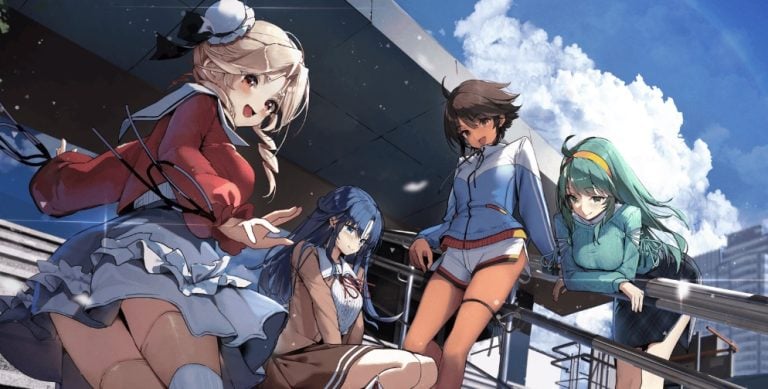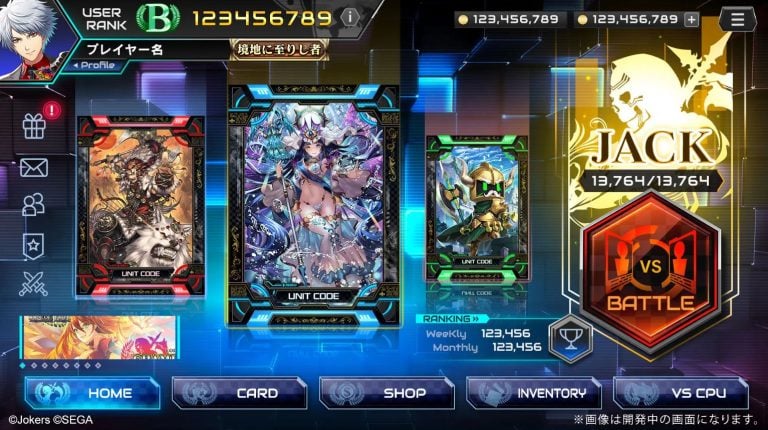Publication date of the original Japanese article: 2020-12-08 16:40 (JST)
Translated by. Ari Clark
The rice-farming action RPG Sakuna: Of Rice and Ruin, developed by indie team Edelweiss, has shipped a total of over 500,000 copies to date. The game is best known for its extremely detailed rice farming mechanic, which incorporates a huge number of factors, but its creators’ attention to detail apparently extends even to the length of its daylight hours, which changes according to the season. According to a tweet from Edelweiss developer Naru, the length of a day is calculated based on the movements of the sun, so that days become shorter during the winter season.
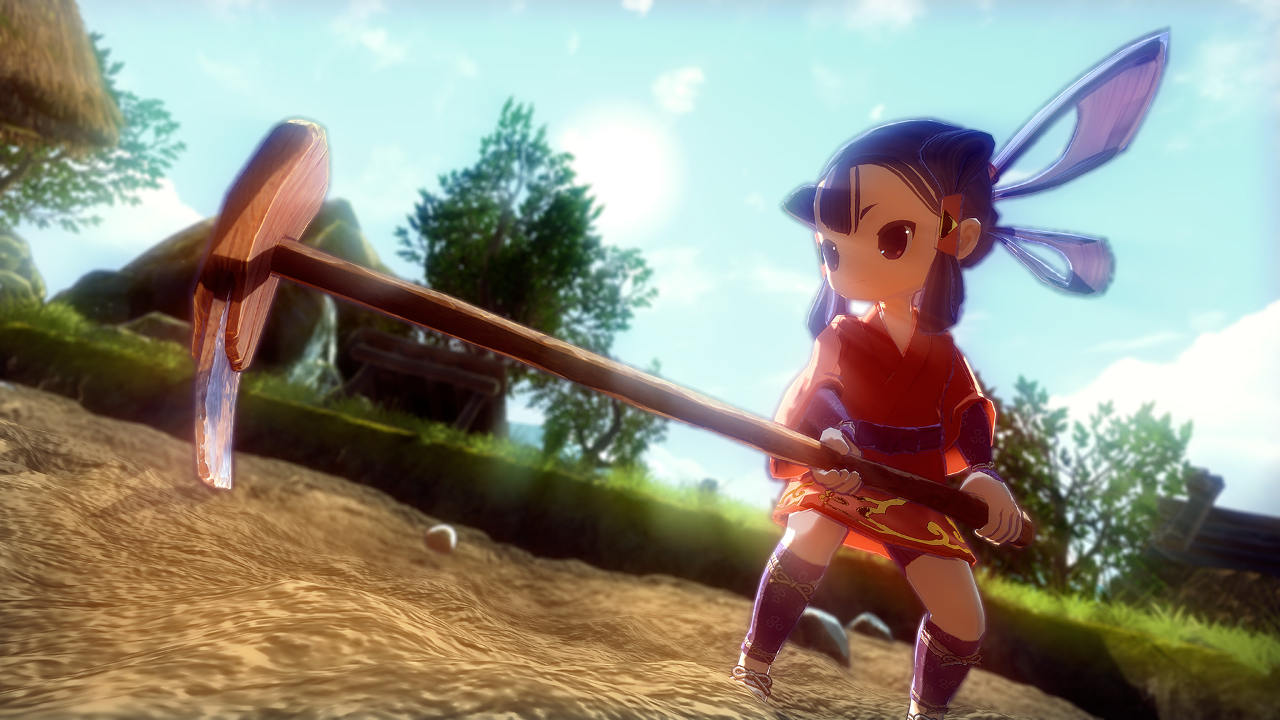
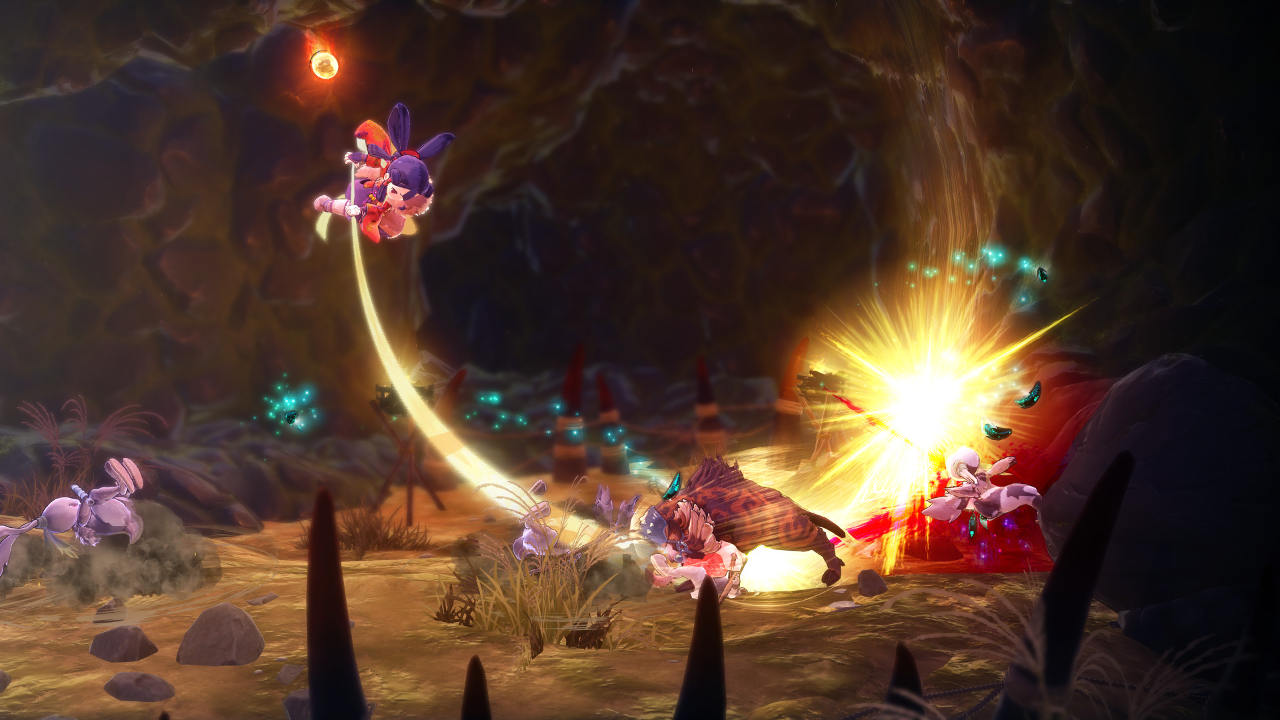
Sakuna: Of Rice and Ruin is a rice-farming action RPG on sale now for the PlayStation 4/Nintendo Switch/Steam, developed by the Japanese indie team Edelweiss. The protagonist, Sakuna, is a young Shinto deity whose parents are a goddess of the harvest and a god of battle. She idly fritters away her parents’ fortune in the capital city of the gods, until an unfortunate incident gets her banished to Hinoe Island by godly decree. As she farms rice to hold off starvation, she also spends her time exterminating demons and exploring the island.
To farm rice in the game, the period from the end of winter until the spring is dedicated to selecting seed rice, tilling the rice paddies, and planting out seedlings. After the rice planting comes water-level adjustment and weed control. Then, additional fertilizer and other care is provided while attentively watching over the crop as it grows, until the year of rice farming comes to an end with the approach of the autumn harvest.
When players want to make progress with their rice farming and exploration at the same time, they must do so in the spare moments between farm tasks, such as the winter season when no rice can be grown, or on days when no major farming work needs to happen. Time passes constantly in the game, with a few minor exceptions such as when the menu screen is open. Not only does the state of your rice paddies change as time goes by, but when night falls, the visibility of your surroundings gets worse and the monsters become stronger.
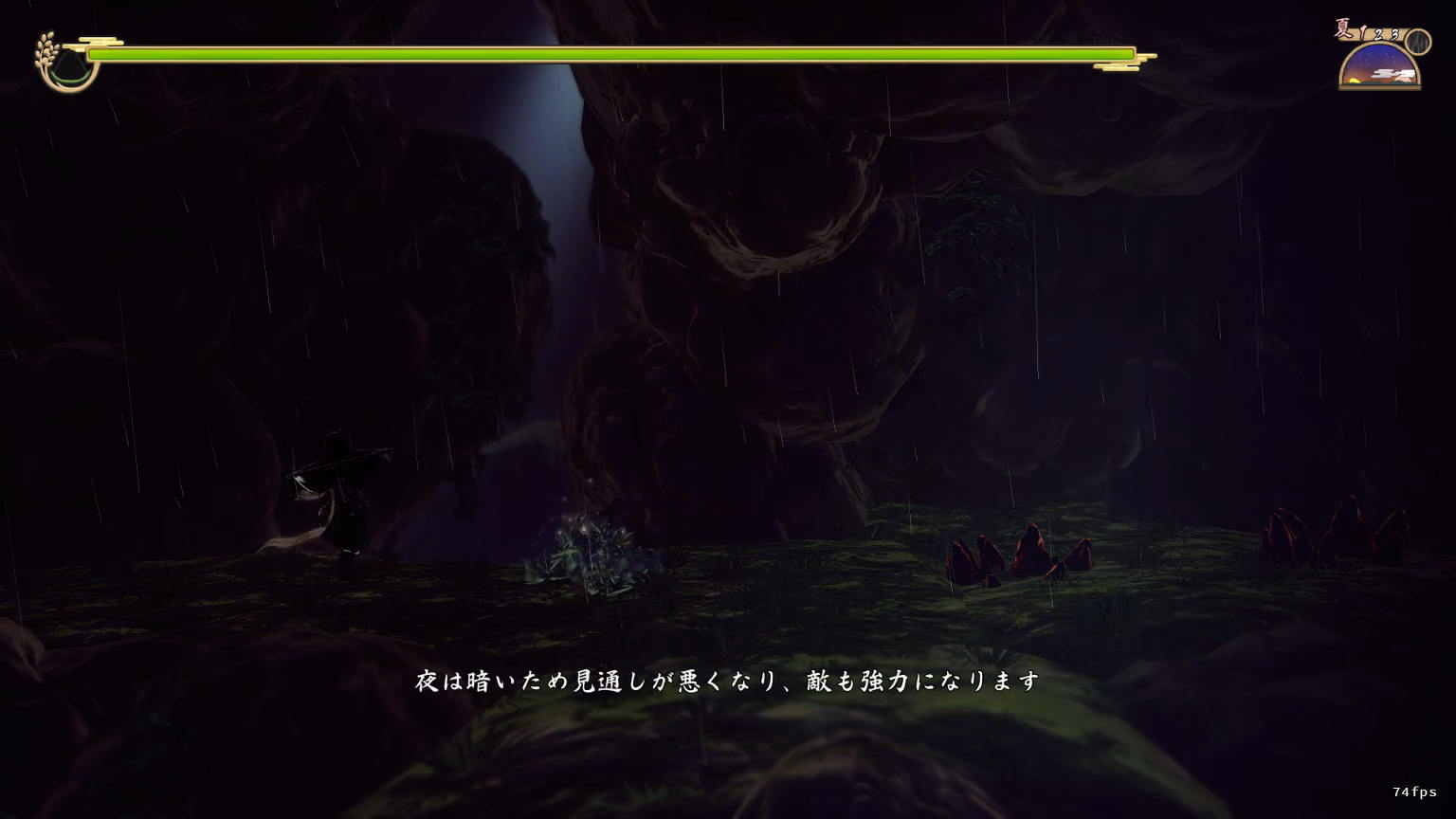
However, there is always something to keep you busy in the rice-growing season. Even if you take care of the weeding and check the water levels in the morning before going off to explore, you can still end up fretting about how your rice paddies are doing, whether the water level is getting low or how the mid-season drainage is going. Fans of the game have made comments like “now I get why they had to separate the farmer and warrior classes in the Edo period” or “if I was a farmer, I’d die trying to check on my rice paddies during a typhoon!” Basically, it’s easier to concentrate on exploration during the winter when no rice is being grown, but it seems like the daylight hours get shorter during the winter.
This game directly calculates the movements of the sun, so the daylight hours are a lot shorter when it’s the winter season, but people tend to do their exploring in the winter season when they’re liberated from rice farming, so the time limit can feel somewhat restrictive. Or so I gather after seeing people’s posts. #SAKUNA
According to a tweet from Edelweiss developer Naru, the daylight hours in the game are calculated based on the movements of the sun. These movements vary depending on the season, and since the length of the daylight hours is dictated by a value calculated directly from those movements, the days become shorter during the winter season. The tweet also included a video that showed a time-lapse of one in-game year that included various seasonal and time-related numerics, but how much do the daylight hours you can use for exploration actually change? After running a simple test, I came up with the following chart.

Spring 1: 9 min 33 sec
Summer 1: 11min 3 sec
Autumn 1: 8 min 38 sec
Winter 1: 7 min 20 sec
For my test, on the first morning of each season, I went to the Den of Fangsand made Sakuna stand around at the entrance until the warning popped up about visibility getting worse and monsters getting stronger at night. Over the course of the test, I had dinner every day and went to sleep, skipping the hours until morning. After morning came, I immediately accessed the menu and checked the time from morning until night on the exploration map. There are probably some measurement errors on the scale of a few seconds’ difference due to the problems with this measurement method, so please bear that point in mind.
Looking at the results, the daylight hours are the longest on Summer 1, followed by Spring 1, Autumn 1, and Winter 1. The longest, Summer 1, was about 11 minutes and 3 seconds long. Spring 1 was about 9 minutes and 33 seconds long, Autumn 1 was the second shortest at about 8 minutes and 38 seconds long, and the shortest was Winter 1 at about 7 minutes and 20 seconds long. When you actually compare the times, the daylight hours are definitely shortest in the winter.
When you think about the autumn harvest being over, and the whirl of activity when you realize the next round of rice farming is starting, the changes in daylight hours must also have an effect on all of this. I also can’t help agreeing with Naru’s thinking that “people tend to do their exploring in the winter season when they’re liberated from rice farming, so the time limit can feel rather tight”. Winter tends to be seized on as the perfect season for exploration, since there isn’t any rice-farming work to do, but summer might actually be a surprisingly good time for daytime exploration, even when you factor in rice-paddy management.
Although I conducted my test using the Steam version, when I measured the daylight hours on Winter 1 using the Nintendo Switch version, I got the same result of 7 minutes and 20 seconds, so I don’t think there’s a difference depending on the platform. Also, although it wasn’t within the scope of this particular test, Winter 2 was 7 minutes and 50 seconds long, compared to the 7 minutes and 20 seconds of daylight on Winter 1. Winter 3 was a full 8 minutes and 30 seconds long. It seems like the changes aren’t just according to the season, but even according to the day.
Remembering how carefully Kuroro fussed over giving each character just the right way to idle, sit, stand and so on to express their personalities, even though Koichi and I gave basically zero directions on posing them
Second Tweet:
Front-facing view of Kinta and Yui eating, which you can’t really see in-game. As you can see, the scenery is built without a fourth wall, so we couldn’t rotate the camera. It seemed like a good idea when we started development, but it ended up being a pain to work with.
A new update for Sakuna: Of Rice and Ruin is coming out for the PlayStation 4 and PC (Steam) versions on the date of this article’s publication. The update will adjust the Divine Raiment to make it possible to extend it one more time in midair if it fails to latch on, and fix a variety of bugs, including an issue where an item could be acquired in a save file by loading it when an enemy dropped said item. Also, recent tweets from Naru have brought to light topics such as details about the controls for the Divine Raiment, and the specs for stacking skills for Sakuna. He has also tweeted that the climate is modeled on Nagano Prefecture, and encouraged players to use that information as a hint.
Sakuna: Of Rice and Ruin is now available for the PlayStation 4/Nintendo Switch/Steam.

